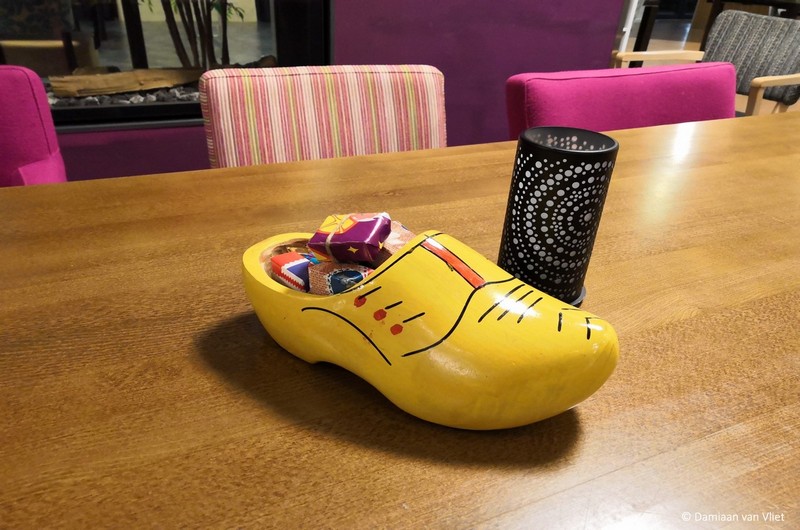The Dutch celebrate on the 5th of December the Sinterklaas party, children placing (wooden) shoes in the hope they get sweets (so called “pepernoten”) from Sinterklaas.
The Sinterklaas festival
Like many other folkloric and traditional holidays, the Sinterklaas festival is surrounded by a large number of traditions, often hundreds of years old. With Sinterklaas, for example, we eat gingerbread cookies and gingerbread dolls, we put our shoes on and we have to be careful not to disappear into Sinterklaas’ bag. But where do these traditions actually come from?
Ritual of the bag
As with many festivals based on the Christian faith, Sinterklaas has a number of traditions adopted from the Germans. This is where, for example, the use of the bag comes from. Many Germanic tribes had a ritual for the maturing of older boys. They were abducted by adult male tribesmen at night and put in a bag to test their courage. This is probably where the story of the Sack of the Saint comes from, where naughty children were taken to Spain.
Placing (wooden) shoes
A Sinterklaas tradition that has a more recent origin is the setting of the shoe. This was already done in the 15th century on Sinterklaas evening and was then intended for the poor. Children then put their shoes in church on December 5, after which the shoes were filled by the rich. The contents of the shoes were distributed to the poor a day later, on December 6, the anniversary of St Nicholas’s death. In the 16th century, children began to use their shoes at home, where their parents filled them with toys and sweets.
Wooden shoes still being used
Recently we also saw wooden shoes still being used during the weeks before Sinterklaas. We have made a few pictures of it which you can see below. They are taken in a care home.

